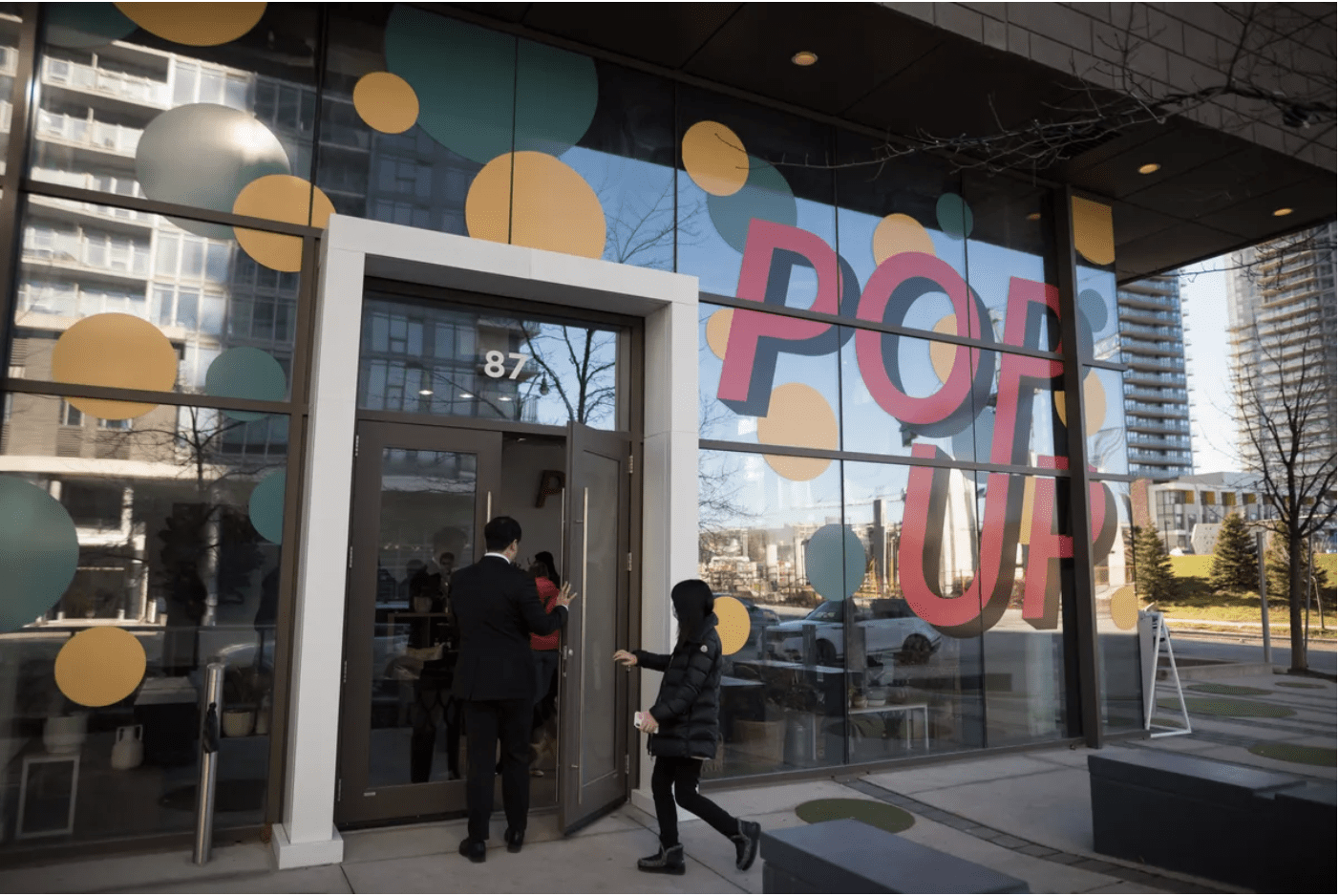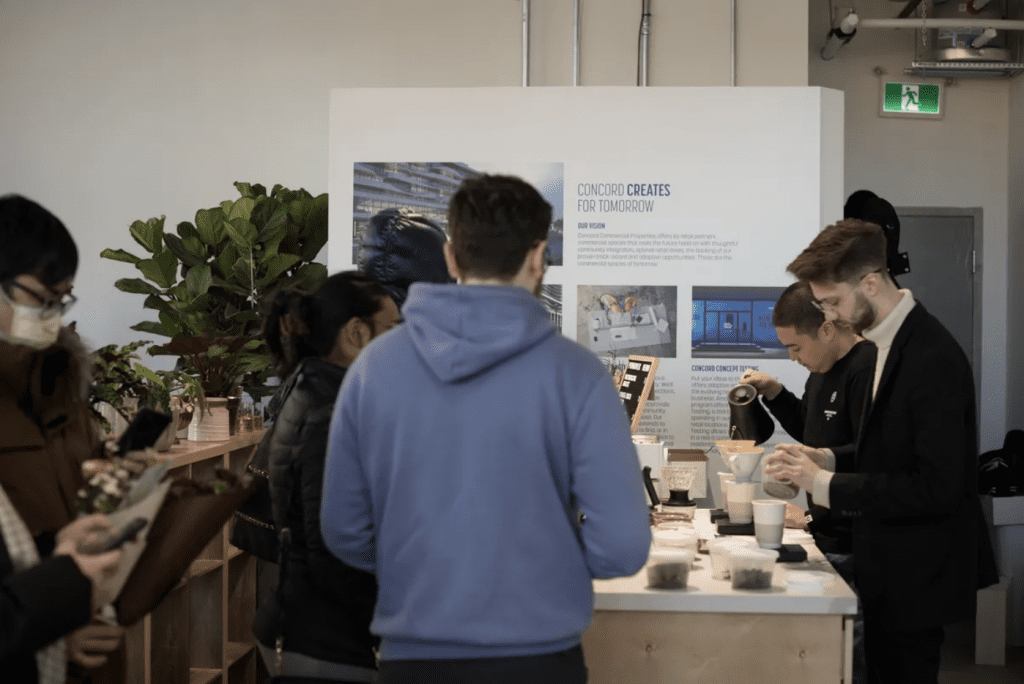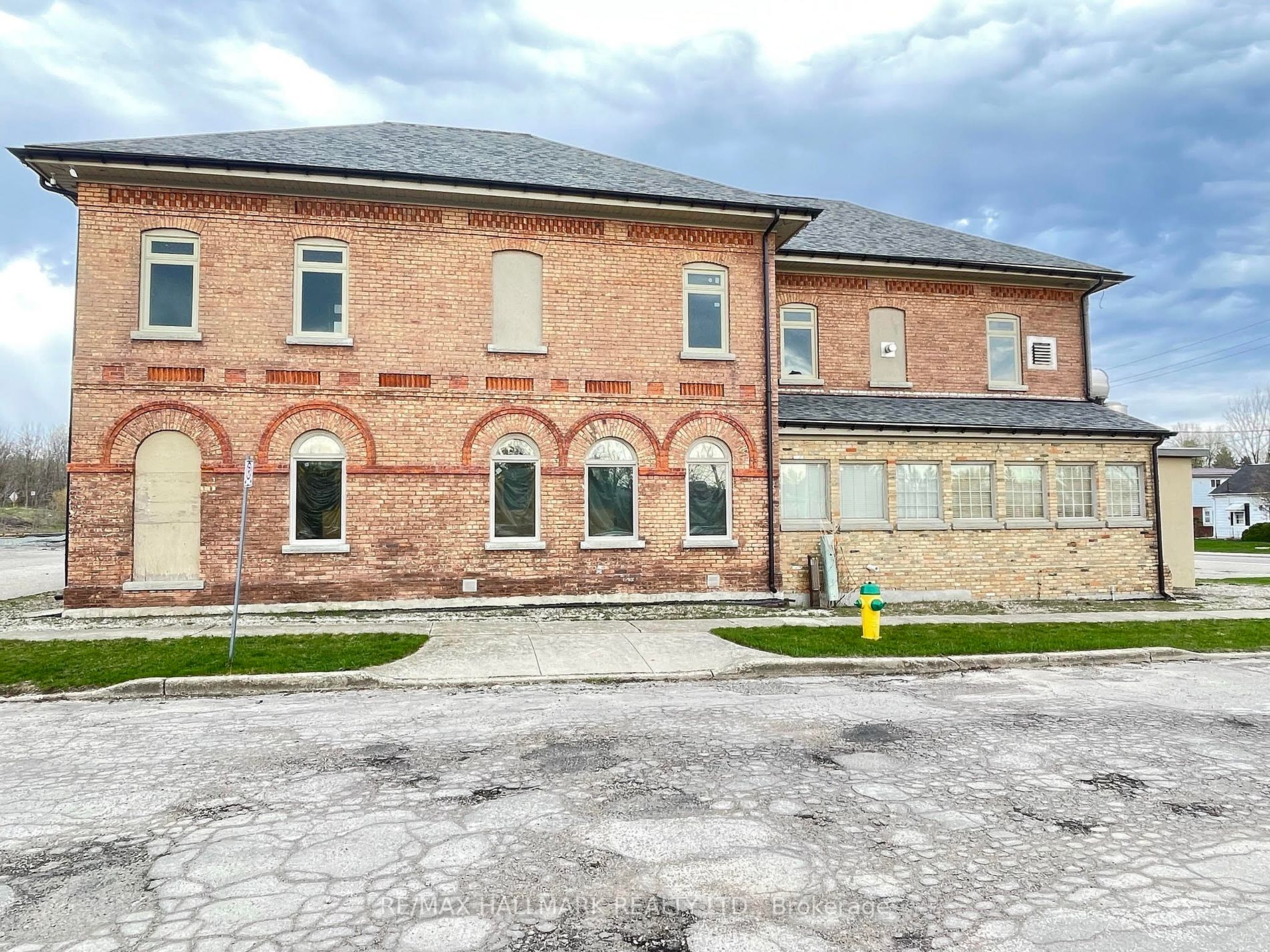Filling In The Retail Spaces In The Second Largest Master-Planned Development in Toronto is a Problem, or an Opportunity, Depending on How You Look At It.

Filling In The Retail Spaces In The Second Largest Master-Planned Development in Toronto is a Problem, or an Opportunity, Depending on How You Look At It.
On a given day most people who come to the Concord Park Place real estate development in Toronto are there for some do-it-yourself furniture or meatballs from the IKEA it shares space with.
Concord’s site is sandwiched between Highway 401, a six-lane stretch of Sheppard Avenue and tracts of single-family homes: it is the definition of a car-centric community.
This is true in spite of the nearby Bessarion subway station (long in the Hall of Shame as Toronto’s least-used subway stop) and despite the fact that Concord is going to add almost 5,000 apartments to the 45-acre site (formerly a Canadian Tire distribution centre) and pepper the landscape with as many as 20 towers by the time all is said and done. This level of density is practically unheard of in North York, and it presents an opportunity to create a walkable streetscape in a part of Toronto not known for having many. This is strip mall and Big Box retail country (as the nearby Canadian Tire and IKEA would attest).
That’s why Isaac Chan, vice-president of sales and marketing at Concord Adex, an arm of the B.C.-based Concord Group, has spent much of 2022 experimenting to create a walkable high street by temporarily hosting a variety of retailers, cafés and community installations in a pop-up store location in one of its Park Place buildings across from recently finished Ethennonnhawahstihnen’ Park.
“We’ve had about eight in here,” said Mr. Chan, standing inside the most recent pop-up, a flower-shop/café called Olivia’s Garden. “Some of them said, ‘We just want to try for a weekend’ and then expanded to more weeks so that they can kind of feel out the community.”
Concord marketing specialist Tanya Kolacz found Olivia’s Garden on Instagram, and was drawn to the elegance of the offering: specialty pottery, minimalist design, coffees infused with edible flowers and unique floral arrangements while you wait.
The café opened during the pandemic in its sole location on Harbord Street in downtown Toronto, a tumultuous business environment that café manager Jason Korol says allowed the company to experiment with its unique caffeinated offerings.
“For example, we have a blue lavender drink and we grow the lavender [for the syrup],” he said, which is also harvested in spring, summer and fall to distill syrups from different stages of the plant’s life. “Depending on the season you come in it’s a slightly different flavor. So it’s the same song, but kind of like a different melody.”
One of the first pop-ups Concord hosted in July also married plants and coffee: connecting specialty roaster Terminal 3 (which plans to return to the pop-up soon) with plant retailer JOMO, which is an existing retail tenant in its City Place development. Over the summer and fall the pop-up site has hosted the Boxcar Social café, Courage Cookies, Hielito Bites (a purveyor of Mexican desserts) as well as art gallery installations and a physical pop-up of online function fashion retailer Stage 9 Secrets.
One thing many of these shops have in common is their permanent locations tend to be in walkable downtown neighbourhoods that grew up in a sometimes chaotic fashion over decades. A frequently referenced element of urbanist Jane Jacobs’s writing is the idea of the “sidewalk ballet” that makes up a lively streetscape: a mix of residents and visitors blending together throughout the day among a diversity of shops, services and eateries. Transplanting the functional chaos of a mature streetscape to a new community remains an abiding challenge for planners.
In 2020, the City of Toronto released a 56-page document outlining all the elements of built-form it believed contributed to ground-level retail streetscapes. Tellingly, many of the images it uses to illustrate good retail come from two-storey high streets such as Queen Street East and Greektown on the Danforth. The document offers advice on where to place signage and how to situate utilities and supporting columns for retail that sits at street level below a high-rise building, it does little to address the trickiest part of the equation: how to fill those spaces with retail that works.
As the city’s guidelines assert, build it right and, “the quality and diversity of retail tenants in the area will improve. Residents will have local and convenient access to goods, services and job opportunities. Lively active streetscapes will be created that invite people to gather in the public realm and make walking a more enjoyable experience.”
Toronto’s history of condo retail tends to be dominated either by risk-tolerant expansionist chains (everything from Shopper’s Drug Mart to the Liquor Control Board of Ontario), or services like dentistry and dry cleaning. Frankly, these kinds of retailers could be found in any place, but Mr. Chan is hoping to build a destination-worthy streetscape that is it’s own specific place.
As a society we’ve become used to the idea that on some big purchases you can try before you buy: we test drive cars, we have open houses, there’s even free samples at the supermarket. As Mr. Chan notes, this is less common in the world of commercial leasing where a typical retailer might have to sign on for a five- or 10-year term. Pop-ups have become a way-station for retailers stuck between the decision to stick with what they have or to make a new a long-term commitment.
Concord’s pop-up destinations have also formed part of the tours and open houses for residential real estate brokers who are weighing dozens of preconstruction GTA condominium sites for clients, and sometimes themselves.
“One realtor was like, ‘Oh wow, there’s a new concept: I like that and I’m gonna talk to some of my clients,’ ” Mr. Chan said.
In the next few weeks Concord’s pop-up will be hosting a pet-friendly Santa Claus installation for condo dwellers looking for holiday pictures with the jolly fat man (the nearby mall Santas restrict pet pictures to an hour a day, apparently). It’s all part of the mix of turning a condo complex from a place to stay into a place to live.
Source The Globe And Mail. Click here to read a full story










